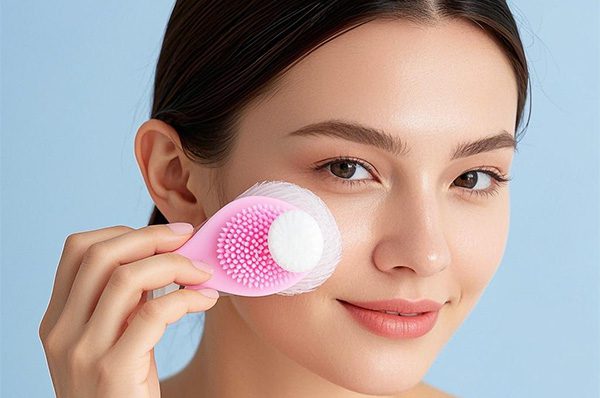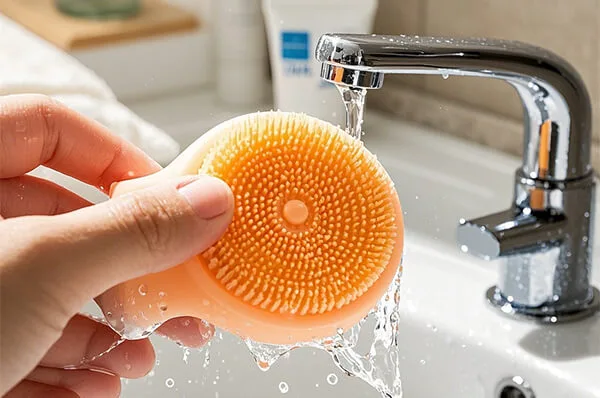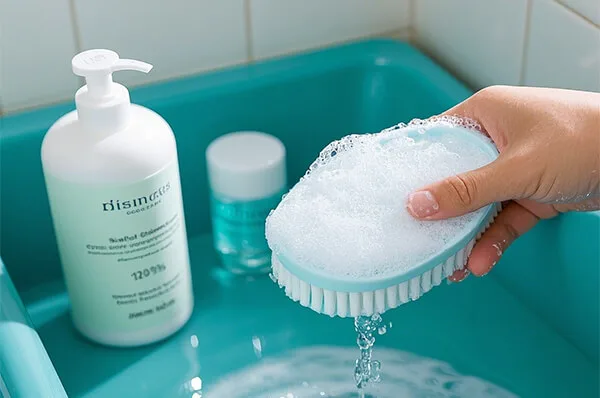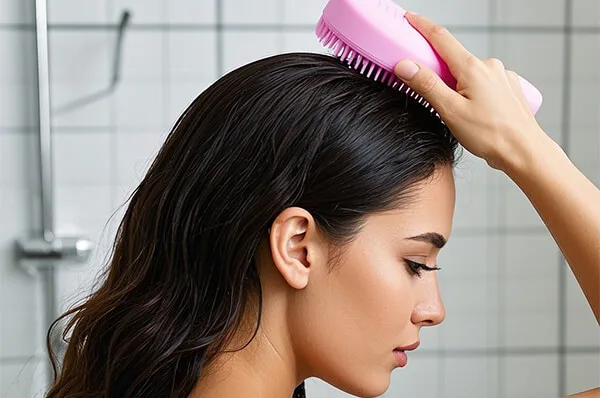- Have any questions?
- +86 19574832024
- admin@beaut-lohas.com
In the realm of skincare, silicone facial cleaning brushes have become increasingly popular due to their purported benefits in exfoliating and deep cleansing the skin. However, a common concern among users is whether these brushes can breed bacteria, which could potentially lead to skin issues rather than improving the complexion. To comprehensively address this question, we need to explore several aspects related to the design, usage, and maintenance of silicone facial cleaning brushes.
The Nature of Silicone Material
Silicone, as a material, has certain inherent properties that make it less likely to harbor bacteria compared to some other materials used in similar products. It has a smooth and non-porous surface, which means that there are fewer places for bacteria to cling to and multiply. Unlike porous materials like natural sponges or some types of bristled brushes made from synthetic fibers where dirt, oil, and bacteria can seep into the crevices and thrive, silicone’s seamless structure provides a less hospitable environment for microbial growth.
For example, when you use a traditional bristle brush for facial cleansing and then rinse it, there might still be residues trapped within the bristles. Over time, with repeated use and improper drying, these residues can serve as a breeding ground for various bacteria. In contrast, silicone facial cleaning brushes can be easily rinsed under running water, and the smooth surface allows water and any loosened debris to be quickly washed away without getting stuck in hidden nooks and crannies.
Usage and Hygiene Practices
While silicone itself has advantages in terms of resisting bacterial growth, how the brushes are used plays a significant role in determining whether bacteria will accumulate. If a user applies the brush to the face without first ensuring that their face is clean, for instance, if there is makeup or a lot of excess oil present, these substances can then transfer onto the brush. During the cleansing process, this combination of organic matter and the warmth and moisture from the skin can create conditions conducive to bacterial growth if the brush is not cleaned promptly after use.
Moreover, sharing silicone facial cleaning brushes among different individuals is a definite no-no. Each person’s skin has its own unique microbiome, and introducing bacteria from one person’s face to another’s through shared brushes can disrupt the balance of the recipient’s skin microbiota and potentially lead to skin infections or breakouts.
Another aspect is the frequency of use. Using the brush too frequently, especially without giving it enough time to dry properly between uses, can also increase the risk of bacterial proliferation. For example, if you use the brush multiple times a day and simply leave it in a damp bathroom environment without allowing it to air dry thoroughly, moisture can linger on the brush, providing an ideal setting for bacteria to multiply.
Cleaning and Maintenance
Proper cleaning and maintenance of silicone facial cleaning brushes are crucial in preventing bacterial growth. Fortunately, cleaning these brushes is relatively straightforward. Most silicone brushes can be washed with mild soap or a gentle facial cleanser and warm water. After cleaning, it is essential to dry the brush completely. You can either let it air dry in a well-ventilated area or use a clean towel to pat it dry.
Some advanced silicone facial cleaning brushes even come with UV sterilization features. These built-in sterilization mechanisms can kill any remaining bacteria on the brush after cleaning, providing an extra layer of protection against microbial contamination. However, not all brushes have such high-tech functions, so it’s important for users to be diligent in their regular cleaning routines.
Conclusion
In conclusion, while silicone facial cleaning brushes are generally less prone to breeding bacteria compared to some other types of facial cleansing tools due to the nature of the silicone material, they are not completely immune to the possibility. Whether or not they breed bacteria depends largely on how they are used, cleaned, and maintained. By following proper hygiene practices such as ensuring personal use only, cleaning the brush after each use with appropriate products, and allowing it to dry thoroughly, users can significantly reduce the risk of bacterial growth on their silicone facial cleaning brushes.
Overall, these silicone facial cleaning brushes can be a great addition to a skincare routine as long as users are aware of and take steps to mitigate the potential for bacterial issues. With the right care, they can continue to offer the benefits of effective facial cleansing without compromising the health of the skin.




